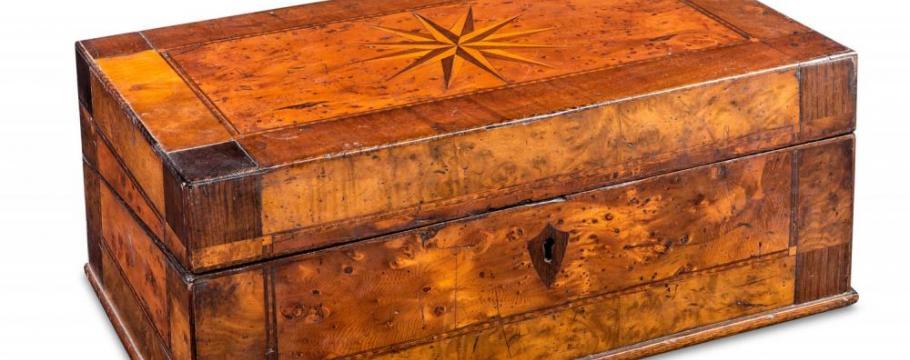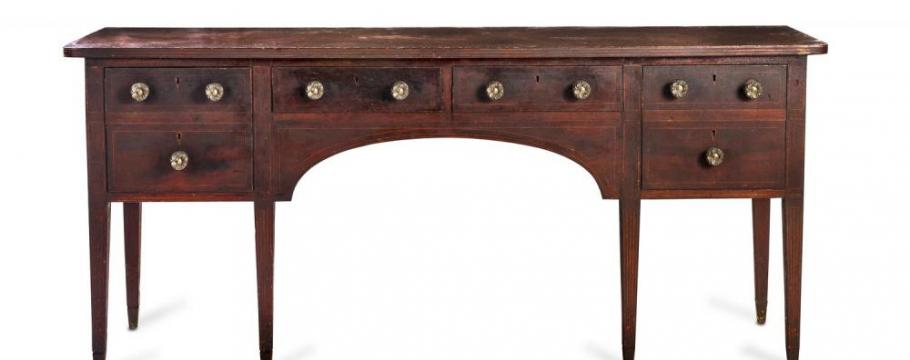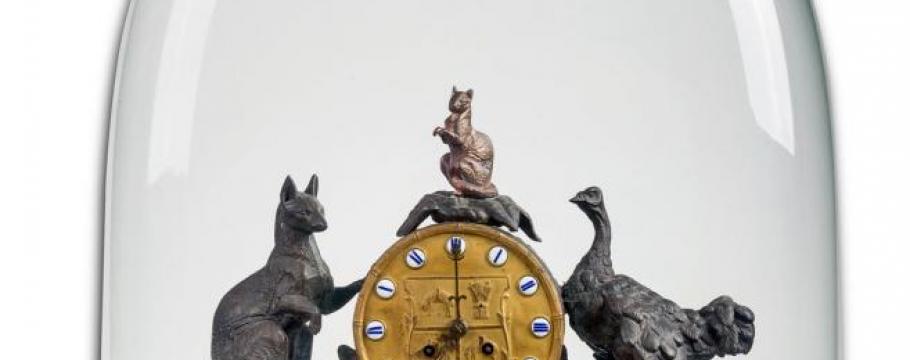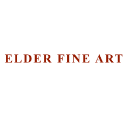






Australia unlikely to see such a rare collection again
Author: Richard Brewster | Posted: 13th February, 2015
Australiana collectors and dealers were well aware of the contribution made to the Australian collecting scene by the late husband and wife team Carl Gonsalves and Caressa Crouch.
During her tenure as secretary of the Australian Society, membership almost doubled.
Meeting as teenagers and together almost 40 years, the two were regulars at antique shops, markets, auctions and fairs for over 30 years.
Carl and Caressa owned Gonsalves Boatshed at Palm Beach north of Sydney, an icon that had been established several generations earlier by his great-grandfather and now run by their son, Carl.
The couple was enthusiastic about Australia’s heritage and life in the region – including the water and wildlife – and campaigned tirelessly to preserve Palm Beach’s environment.
They also loved Tasmania, collected whaling and maritime memorabilia and sailed a 50-foot Huon pine yacht named Van Diemen, where Carl demonstrated his woodworking skills.
Sorted into 500 lots, their collection will be auctioned from 2.30pm on Sunday February 22 by Mossgreen at 926-930 High Street, Armadale.
According to Australiana Magazine editor John Wade (writing in the forward to the Mossgreen catalogue), few collections have been put together like this one.
“It’s an asset for a collector to have a good eye, the passion to pursue items of interest, the ability to seek out the unusual or neglected, and the time and funds to do so,” he said.
“It’s rare for two people to do it together, sharing the collecting experience and complementing each other’s skills. Carl and Caressa were driven by curiosity, and were always generous in sharing their knowledge.
The collection includes early colonial furniture, Australian pottery and Staffordshire pottery of Australian interest, horn, glass and toys, maritime and whaling artefacts.
“There is a strong emphasis on the works of good, honest craftsmen and women – the people who toiled with their hands to build the Australia we know today,” John Wade said.
Important examples in the collection include an early colonial inlaid cedar six-leg sideboard dating from about 1815 in Hobart, an 1850s Tasmanian specimen wood inlaid writing slope made by R. Dowling of O’Briens Bridge and a 19th century bronze and gilt bronze Advance Australia mantel clock under a dome.
Other classic works include a 19th century engraved whalebone scrimshaw panel depicting a whale hunt with Ball’s Pyramid near Lord Howe Island in the background and a rare and unusual 1830s whalebone and cane armchair.





